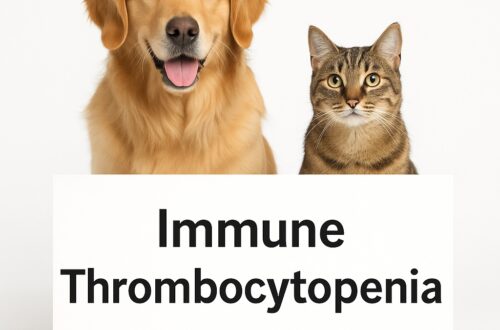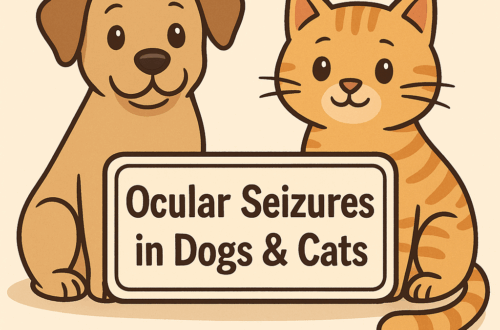In the past couple of weeks you may have read some news stories about some folks being hospitalized due to an infection called campylobacteriosis after coming into contact with puppies in pet stores. So, this week I wanted to share information about this under-appreciated disease. I hope you find the post informational and that you’ll consider sharing it with other dog owners. Happy reading!

What is campylobacteriosis?
Campylobacter species are bacteria that clinically healthy dogs can shed in their feces. In various studies conducted in different parts of the world, Campylobacter spp. have been documented in up to 50% of clinically normal dogs. But these bacteria can also cause disease in both dogs and humans. In fact, according to a 2009 report, campylobacteriosis was the most common bacterial cause of human enteritis in the developed world, and ownership of a puppy is a risk factor for infection in children.
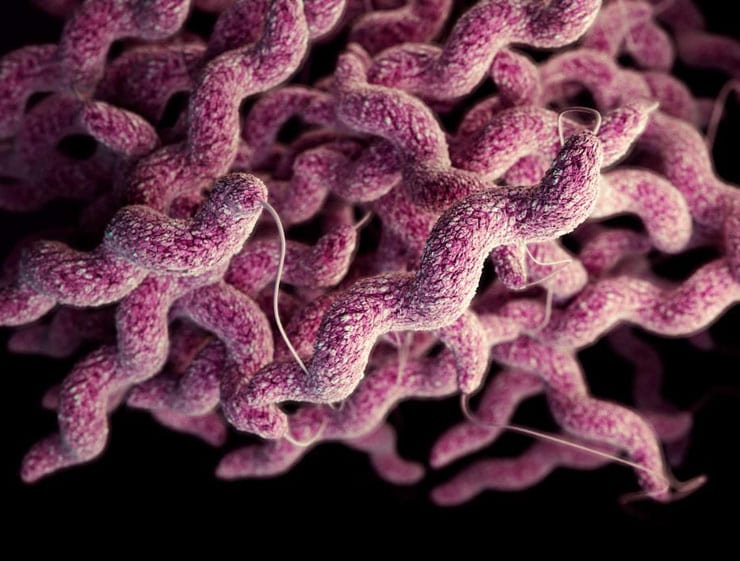
Dogs and people are infected through fecal-oral transmission. That means fecal material somehow makes it into the mouth. Campylobacter spp. are also often found as contaminants in raw meat pet foods. Upon ingestion, the incubation period is approximately 2-5 days. The bacteria invade parts of the small intestines called the intestinal crypts where they release a variety of toxins that ultimately destroy the lining of the small intestine (called mucosa).
What does it look like?
Dogs of any breed and sex can develop campylobacteriosis. It’s important to remember adult dogs are often carriers of Campylobacter spp. and they never develop clinical signs. Indeed, evidence of disease is more common is younger animals, and the severity of disease in varies from dog to dog. Shedding of bacteria is more common in pediatric patients and occurs most frequently in summer and autumn. Common clinical signs include:
- Watery diarrhea with or without mucus, blood, and cellular debris
- Reduced (or loss of) appetite
- Tenesmus (straining to defecate)
Interestingly, dogs are often co-infected with other gastrointestinal pathogens, like giardiasis, parvovirus, and intestinal parasites. These concurrent infections can make clinical signs worse.
How is campylobacteriosis diagnosed?
Diagnosis of Campylobacter spp. infection is relatively straightforward. After reviewing a patient’s medical history and performing a complete physical examination, veterinarians will perform some non-invasive blood, urine, and fecal/stool tests, including:
- Complete blood count – to evaluate red blood cells, white blood cells, and platelets
- Biochemical profile – to evaluate blood kidney values, liver enzymes, and electrolytes (i.e.: potassium, sodium)
- Fecal cytology – a sample of feces is spread on a glass slide and evaluated microscopically. Campylobacter spp. have an S-shaped or seagull-shaped appearance
- Fecal culture – a sample of feces can be submitted to a laboratory in an attempt to confirm infection by growing Campylobacter spp. on culture media.
- Fecal polymerase chain reaction (PCR) – a fecal sample can be submitted to identify deoxyribonucleic acid (DNA) of Campylobacter spp.
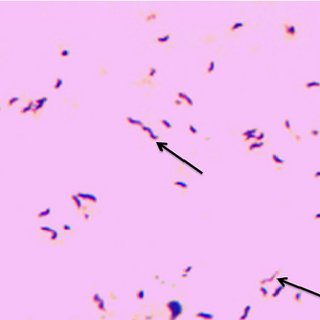
How is it treated?
Campylobacteriosis is usually mild and self-limiting. Clinical signs last for 3-7 days. With non-specific supportive, the vast majority of dogs recover with an excellent prognosis. Occasionally, dogs develop more aggressive clinical signs and require subcutaneous fluids or a brief period of hospitalization for intravenous fluid therapy.
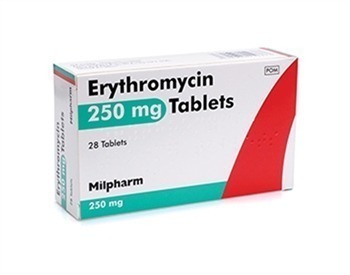
Due to the zoonotic potential – that is, the potential for humans to contract the disease from dogs – veterinarians often prescribe a course of an antibiotic (i.e.: erythromycin, tylosin, chloramphenicol). The zoonotic potential is serious issue. Diarrhea is the main clinical sign in humans. Some develop fevers and abdominal discomfort. Other potential complications of campylobacteriosis in humans are:
- Guillian-Barré syndrome
- Meningoencephalitis
- Pericarditis
- Endocarditis
- Immunoproliferative small bowel disease
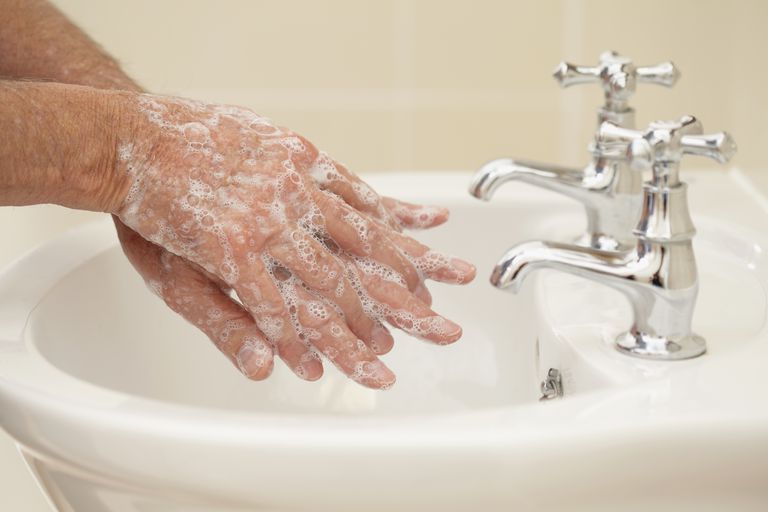
Taking appropriate preventative measures against campylobacteriosis is important. First and foremost, folks should properly wash their hands after handling dogs, especially puppies. Another important step to take is to avoid handling and feeding raw meat. I know some of you won’t like me saying that, but my job isn’t to tell you what you want to hear. It’s to tell you what you need to hear. But don’t take my word for it. Read more about raw meat diets from a board-certified veterinary nutrition specialist by clicking here.
The take-away message about campylobacteriosis…
Campylobacteriosis is a relatively mild gastrointestinal disease in dogs. Puppies are more commonly affected and may have more severe clinical signs. Campylobacter spp. can be spread from dogs to humans, causing clinical illness that can range from mild to life-threatening. As infection is spread via fecal-oral transmission, proper hand-washing and avoiding raw meat diets are of paramount importance.
To find a board-certified veterinary internal medicine specialist, please visit the American College of Veterinary Internal Medicine.
Wishing you wet-nosed kisses,
CriticalCareDVM





